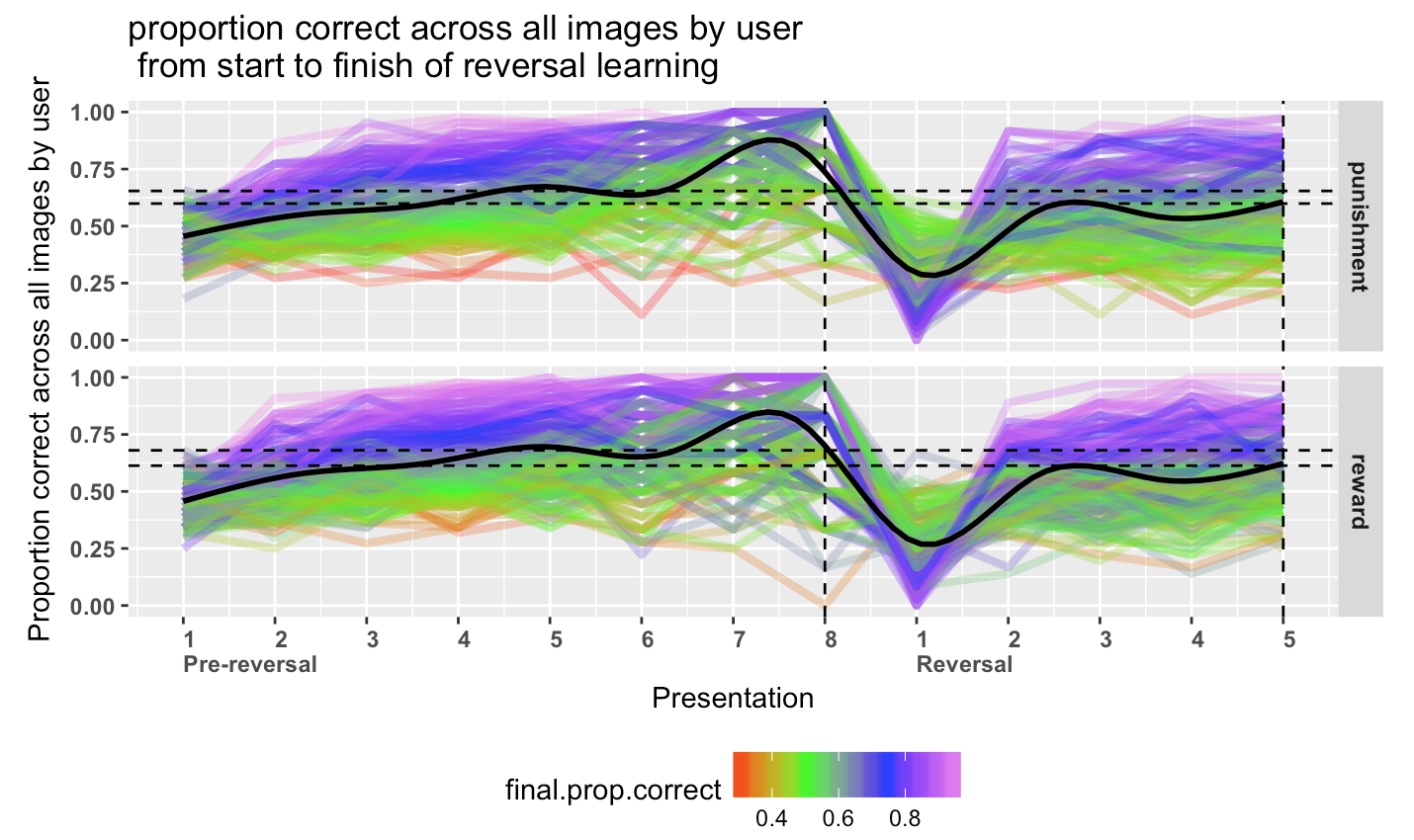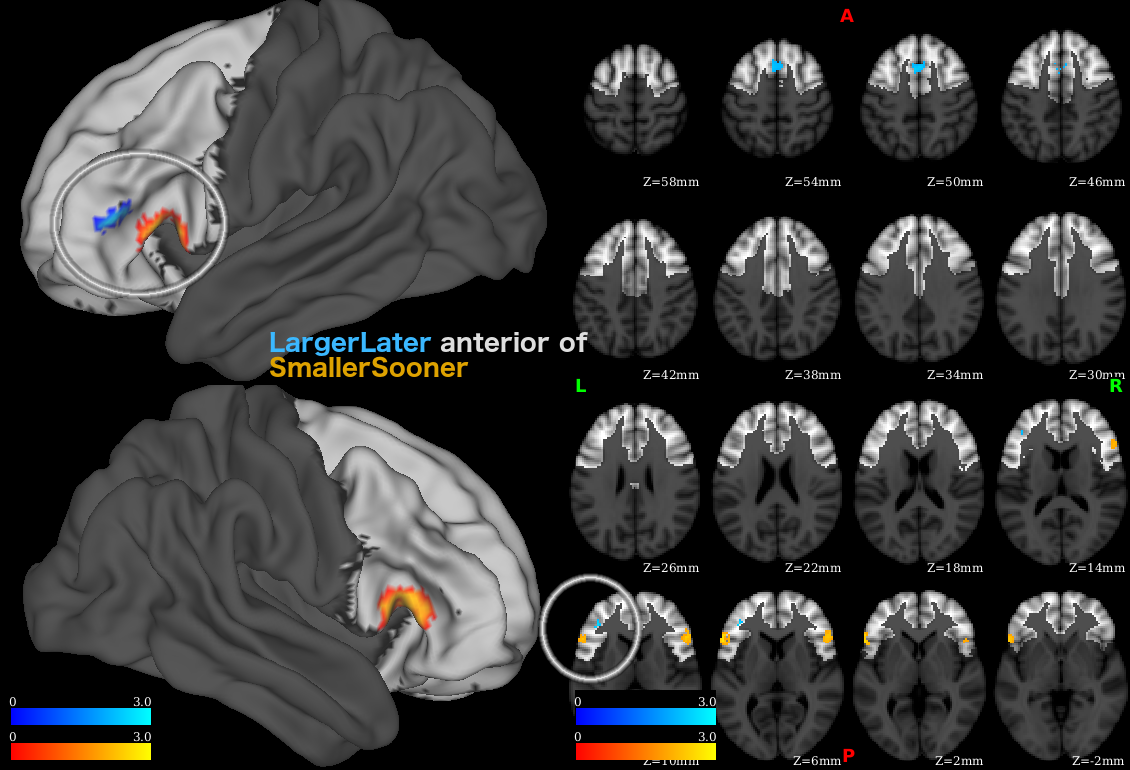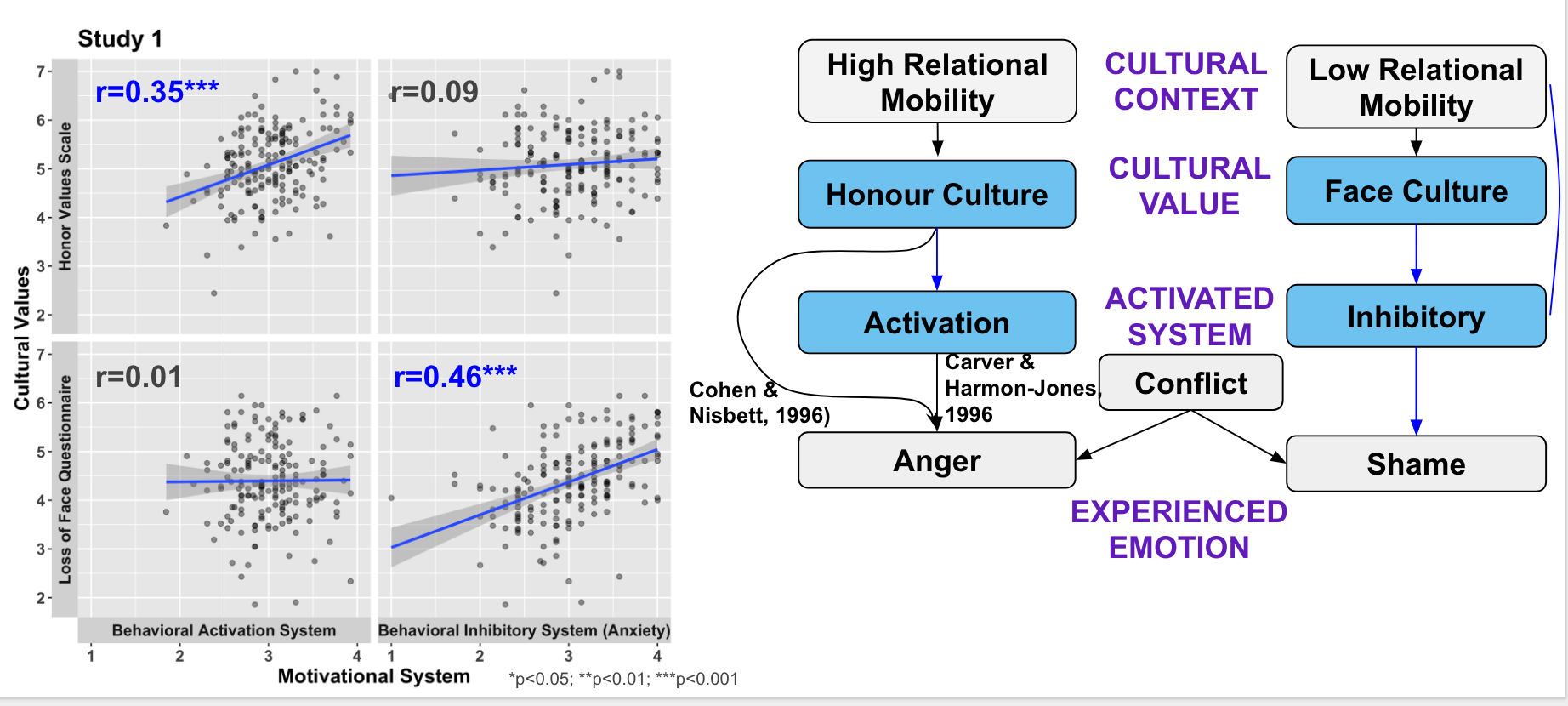Ben Smith is a postdoctoral researcher in neuroscience at Prof. Elliot Berkman’s Social Affective Neuroscience Lab at the University of Oregon.
He completed a PhD in the Social Affective Neuroscience of Decision-making laboratory at the University of Southern California, led by Prof. Steve Read. Decision-making is the common thread in Ben’s work, and spans areas including the social neuroscience of risky decision-making, computational modeling of the reward and punishment system during decision-making, the abstract-concrete tangibility axis of the prefrontal cortex, and moral and ideological decision-making.
PhD, 2019
University of Southern California
MA, Psychology, 2015
University of Southern California
MSc, Psychology, 2012
University of Auckland
GradDipArts, 2010
University of Auckland
BSc, Computer Science and Psychology, 2009
University of Auckland
Aug 20, 2017, Asian Association for Social Psychology

I use Bayesian Joint Modeling to describe neural correlates of reward responsiveness, inhibition, and impulsivity and the interactions between them in a sample of 170 men who have sex with men.

With evidence from a meta-analysis, I propose a rostral-caudal tangibility axis that helps to create general processes of psychological distance

with colleagues Peter Wang and Crystal Wang. We are examining the differences between Honor, Face, and Dignity culture. Leung & Cohen(2011) characterized these cultures in detail. We believe that systematic individual differences in personality can distinguish honor and face cultures, which, though distinct, have historically been difficult to characterize separately.
Benjamin Smith
smithben@usc.edu
+1 (213) 740-7860
Ben Smith Department of Psychology University of Southern California SGM 501 3620 South McClintock Ave. Los Angeles, CA 90089-1061